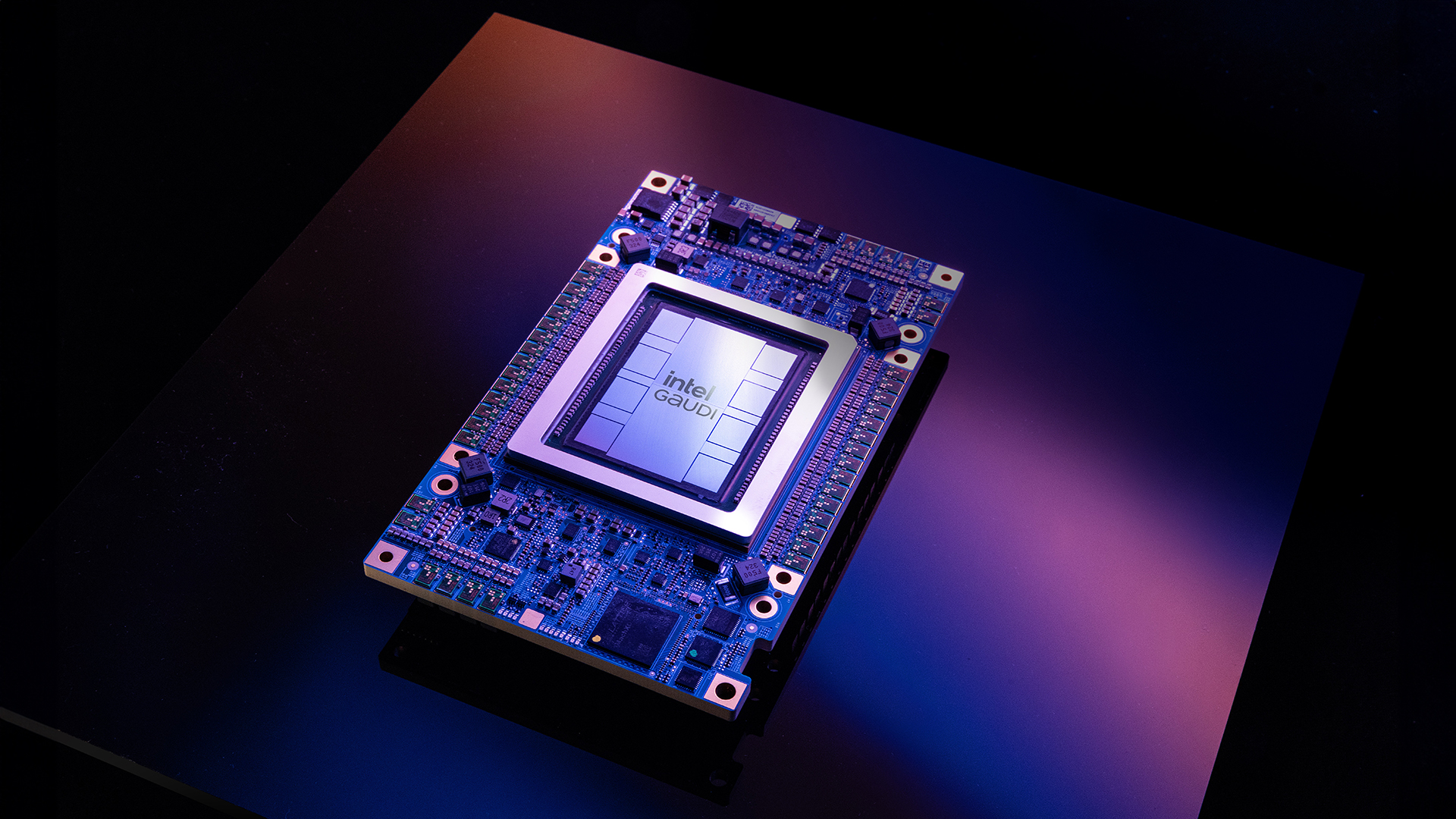Intel Gaudi 3: Accelerating AI Workloads
5/01/2024

Intel Gaudi 3: Accelerating AI Workloads
Intel’s Gaudi 3 is a powerful AI accelerator designed to enhance deep learning performance. Let’s dive into the details of this impressive chip.
Introduction
Intel Gaudi 3 is the third generation of the Gaudi accelerator, which originated from Intel’s $2 billion acquisition of Habana Labs in 2019. This AI processor is specifically tailored for training and inference workloads, making it a key player in the rapidly growing AI market.
Key Specifications
- Performance: Gaudi 3 offers up to 1.7 times the training performance compared to Nvidia’s H100 processors, while also delivering 50% better inference performance and 40% better efficiency.
- Form Factors: Gaudi comes in two form factors, with the OAM (OCP Accelerator Module) HL-325L being the common mezzanine form factor found in high-performance GPU-based systems.
- Availability: Gaudi 3 accelerators are set to enter high-volume production and general availability in Q3 of 2024 in OEM systems. Intel will also make Gaudi 3 systems available in its Developer Cloud, allowing prospective customers to test the chips quickly.
Architecture
The Gaudi 3 architecture builds upon the foundation laid by its predecessors. Here are some key architectural features:
- Deep Learning Performance: Gaudi 3 is optimized for deep learning tasks, making it ideal for AI training workloads.
- Generative AI: The chip excels in generative AI software, enabling applications like natural language processing, image synthesis, and more.
- Efficiency: Gaudi 3 achieves impressive efficiency gains, allowing organizations to maximize performance while minimizing power consumption.
- Compatibility: Intel has been actively developing its partner ecosystem to deliver complete Gaudi 3 systems, ensuring seamless integration into existing infrastructure.
Competitive Landscape
Nvidia currently dominates the AI infrastructure and software market. However, Intel aims to position itself as a strong alternative. By providing an open enterprise software stack as an alternative to Nvidia’s proprietary CUDA, Intel seeks to gain traction in the AI space.
Conclusion
Intel Gaudi 3 represents a significant leap forward in AI acceleration. Its robust performance, efficiency gains, and compatibility make it a compelling choice for organizations looking to enhance their AI workloads. As the industry continues to evolve, Gaudi 3 stands ready to contribute to the next generation of AI applications.
For more technical details, you can explore Intel’s official documentation on Gaudi. Stay tuned for further updates as Gaudi 3 enters the market and transforms AI computing.

